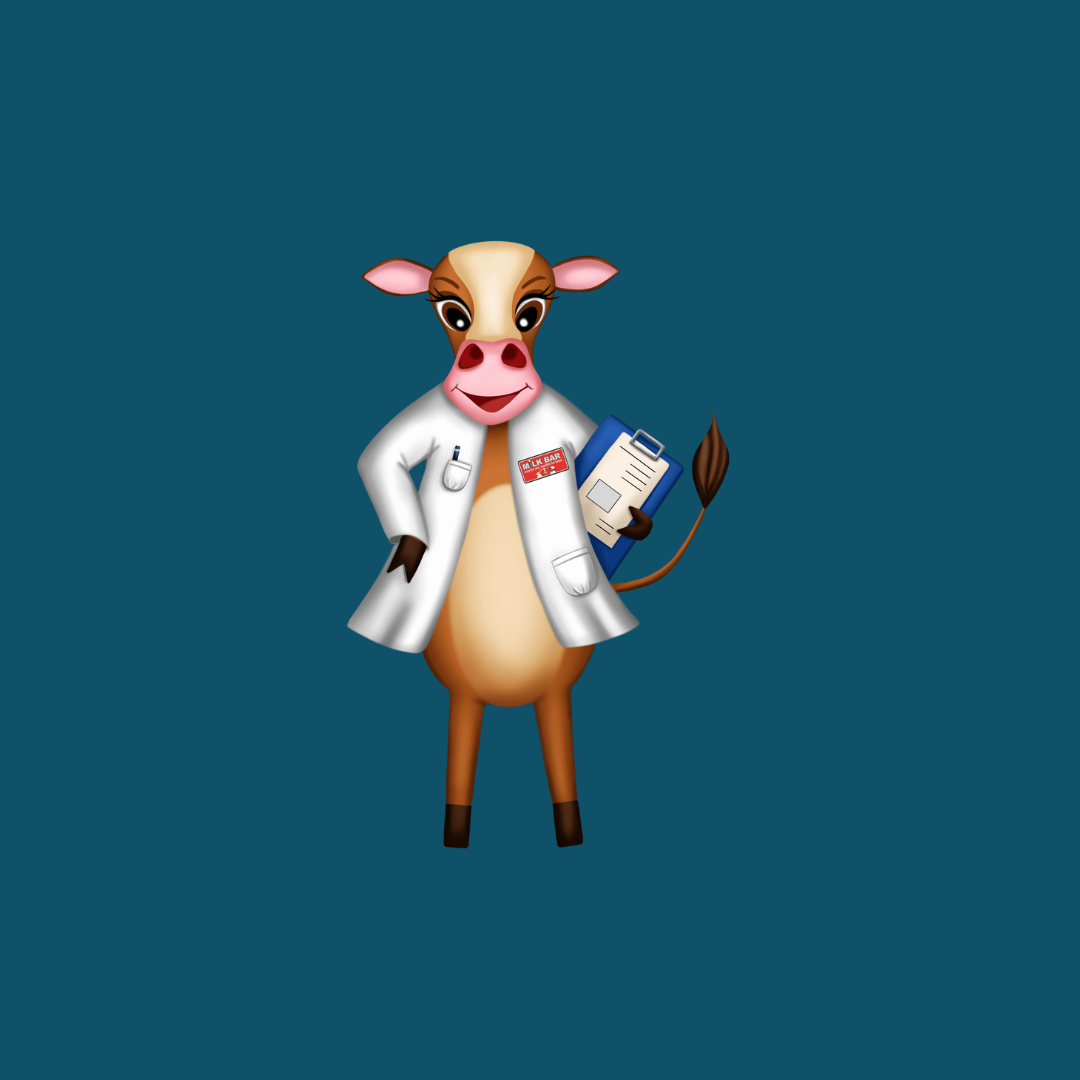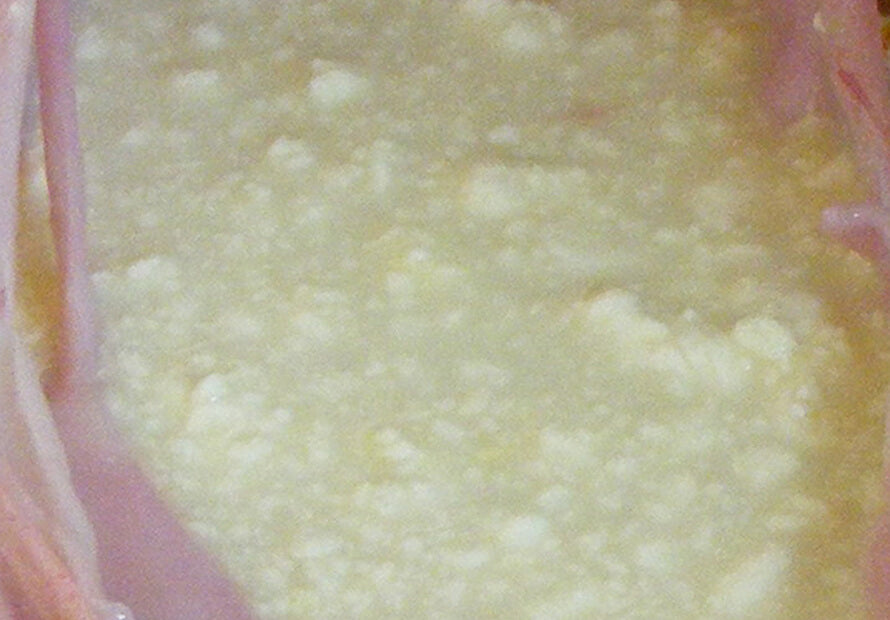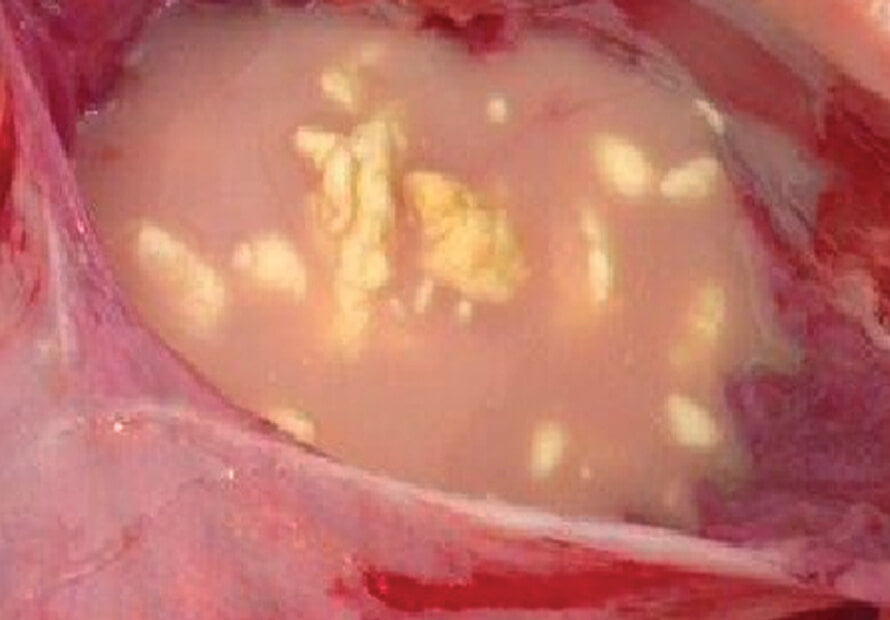
How are lactose and diarrhoea linked?

Nutritional diarrhoea can be linked to two major causes, poor digestion and stress.
Stress can result from a variety of causes. It could be due to irregular feeding, sudden changes in milk replacer concentration, or a poor-quality milk replacer. Environmental stress like sudden weather changes can also play a part.
Digestive stress is a key factor. If the pH in the abomasum is not balanced and the acid secretion is reduced, then the ability of the milk to clot is compromised as is the digestion of milk protein. Inadequate clotting allows excess sugar (lactose) to enter the intestines and produce a nutrient source for pathogens such as E.Coli who’s numbers multiply rapidly when in contact with raw milk or lactose. This is a leading cause of nutritional diarrhoea in young calves.
Long term impact:
Aside from the cost and added workload of treating calves with nutritional diarrhoea, studies have shown that calves who suffer from nutritional diarrhoea pre weaning have a reduced average daily gain which can impact future conception. Further studies have shown that nutritional diarrhoea pre weaning has a negative impact on first lactation milk production.
Address the cause:
Alongside reducing environmental stress, improving digestibility and lactose absorption is key in reducing nutritional diarrhoea. We know from studies that a controlled flow of milk into the calf has a positive effect on digestion by promoting good clotting and improving lactose absorption. Saliva production helps to balance the pH to further ease stress on the digestive system. Feeding the calf at a slow, natural speed will maximise saliva production and ultimately reduce your workload.
-
‘Scours can usually be traced back to a failure of adequate milk digestion in the abomasum. Nutritional scours is simply the end result of an oversupply of lactose in the intestines, caused by milk moving too rapidly out of the abomasum, so it cannot be broken down quickly enough.Nutritional scours often progress to infectious scours. Pathogens use excess lactose as a nutrient source to increase in numbers’. Source- Victoria Department of Primary Industries.
-
‘Cows that had contracted mild diarrhoea during their first 3 months of life had 344 kg lower ECM305 than those without diarrhoea’. C. Svensson, J. Hultgren 2008
-
‘Under farm conditions, slow release teat system may reduce scours and other digestive problems in young calves during peak milk intake (up to 15 d of age), due to increased ileal digestion of nutrients, preventing undigested nutrient flow to the hind gut’. Source - Journal of Applied Animal Nutrition
1
/
of
3

The Take-Home Message
Reducing feeding speed reduces diarrhoea. Milk Bar™ Teats regulate the drinking speed and work in harmony with the calves digestive system. When the digestive system is working properly, nutritional diarrhoea disappears.
-

Calves fed with Milk Bar Teats had excellent curding.
Read the full document hereOnly 3mg/gm of lactose remained two hours after feeding indicating more effective absorption into the bloodstream. - Images taken from research published in the Journal of Applied Animal Nutrition.
-

Calves fed on a fast flow teat had inadequate curding.
Read the full documentation hereHigh lactose levels of 12mg/gm remained in the abomasum and high concentrates in the intestine and faeces. - Images taken from research published in the Journal of Applied Animal Nutrition.
1
/
of
2


